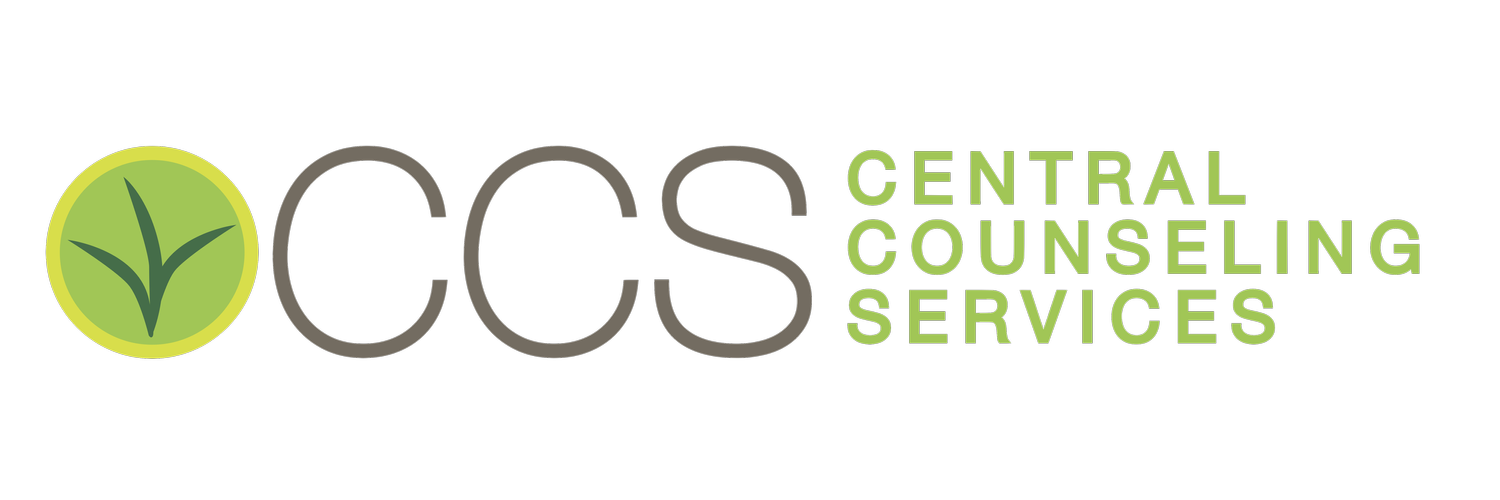Gratitude: How To Find It And How To Use It
Few things in life are free but luckily for us, gratitude is among them. The last few years have been unrecognizable with the constant change, uncertainty, and associated stressors with living during a global pandemic (If you are alive and reading my post, here is the first thing to be grateful for…think of it as a freebie ☺).
Whether your difficulties preceded or were brought on by or during the pandemic—from health, grief and loss, depression, anxiety, stress, and financial problems, to work-related, family, and relationship issues—you are NOT alone! The important thing to remember, no matter which difficulties resonate, is that we are here for you and can help.
Finding gratitude in your everyday can also help.
What is gratitude? The Oxford Dictionary defines gratitude as the “quality of being thankful; readiness to show appreciation for and to return kindness.” Gratitude “can be viewed as a wider life orientation towards noticing and being grateful for the positive in the world” (Jans-Beken et al., 2019, p. 743). Delving further, gratitude is noticing what is abundant, already present (big or small), while taking nothing for granted and appreciating the gift of and saying yes to life (Emmons & McCullough, 2003; Team, 2017).
Why is gratitude important you ask? Over the years scientists have found a positive link between gratitude, positive emotions, health, and well-being (Jans-Beken et al., 2019). Research has shown gratitude can help make friends, improve physical and psychological health, improve sleep, boost self-esteem, reduce aggression and enhance empathy (Oppland, 2022). With this realization, interventions soon were developed to assist anyone who was interested in finding what they have to be grateful for in their lives, from gratitude journaling to meditation, there is something for everyone (Jans-Beken et al., 2019; Oppland, 2022).
Gratitude journaling consists of writing about things, people, pets, places, acts, and/or events you feel grateful for (Jans-Beken et al., 2019). Doing so at least once a week is a great way to begin your practice. You can do this in a notebook, a note on your phone, on your computer, or even share (and perhaps inspire others) on your social media. There are no rules, you can journal several times a week or daily if you like.
Another way to begin your practice is to get a jar (or any vessel you prefer), write on paper what you are grateful for, and put it inside (Oppland, 2022). Many suggest writing three things on the paper from your day or week, but you could have one thing one day and five the next. If you do not want to put your paper in a jar, you could create a gratitude tree, a flower, a collage, or whatever you desire (Oppland, 2022).
If writing and artsy projects are not your cups of tea, then I suggest trying meditation. Find a quiet spot where you can sit or lay down, whichever is most comfortable. You can set a timer; I suggest somewhere between 3-5 minutes. Focus on how your body feels and your breath as you breathe in and out. With gratitude meditation, you visualize what you are grateful for in your life, including your body’s current abilities (i.e. breathing, having the arm strength to propel your wheelchair, sight, etc.). Your mind will most likely wander, show yourself some grace and return to your mediation.
Whatever path you chose, have some fun while finding your gratitude, however, please keep in mind that in order to become good at anything, you must practice, and finding gratitude in your day is no different. Most everyone gets swept up in society’s bigger, better, faster, newer mindset whether it be with cell phones, cars, houses, or body enhancements…you get my drift. However, in your gratitude practice do not be surprised if you find contentment in what you already possess. Your cell phone may not be the newest version, but you are grateful to have one, that it works, and can use it to communicate with your friends and family. Your significant other may not look as new as they once did, but you appreciate your time together, the lines on their face from your shared laughter, and being alive. Today, whether you are on top of the world or in your darkest hour, I encourage you to recognize/see/find one thing in your life for which you are grateful <3 and remember we are here for you.
-Kristen
“Great things are done by a series of small things brought together” - Vincent Van Gogh
My name is Kristen (she/her) and I am an MSW Student Intern here at CCS. I have over 15 years of experience working in adult and child welfare and dealing with the Criminal, Family Law and Juvenile Court systems. Throughout my years of experience working with families, I have encountered all ages, genders, and a variety of cultures dealing with substance abuse, domestic violence, and abuse and neglect issues. Please note, I am only English-speaking.
You are doing a great thing by considering counseling! Nothing frightens or embarrasses me and I offer a safe, judgment-free environment. Together we can create the change you seek. To set up an appointment please call, 951-778-0230.
References:
Emmons, R. A., & McCullough, M. E. (2003). Counting blessings versus burdens: An experimental investigation of gratitude and subjective well-being in daily life. Journal of Personality and Social Psychology, 84(2), 377.
Jans-Beken, L., Jacobs, N., Janssens, M., Peeters, S., Reijnders, J., Lechner, L., & Lataster, J. (2019). Gratitude and health: An updated review. The Journal of Positive Psychology, 15(6), 743–782. https://doi.org/10.1080/17439760.2019.1651888
Oppland, B. M. A. (2022, February 7). 13 Most Popular Gratitude Exercises & Activities. PositivePsychology.Com. https://positivepsychology.com/gratitude-exercises/
Team, T. G. (2017, November 2). What is Gratitude? Gratefulness.Org. https://gratefulness.org/resource/what-is-gratitude/



